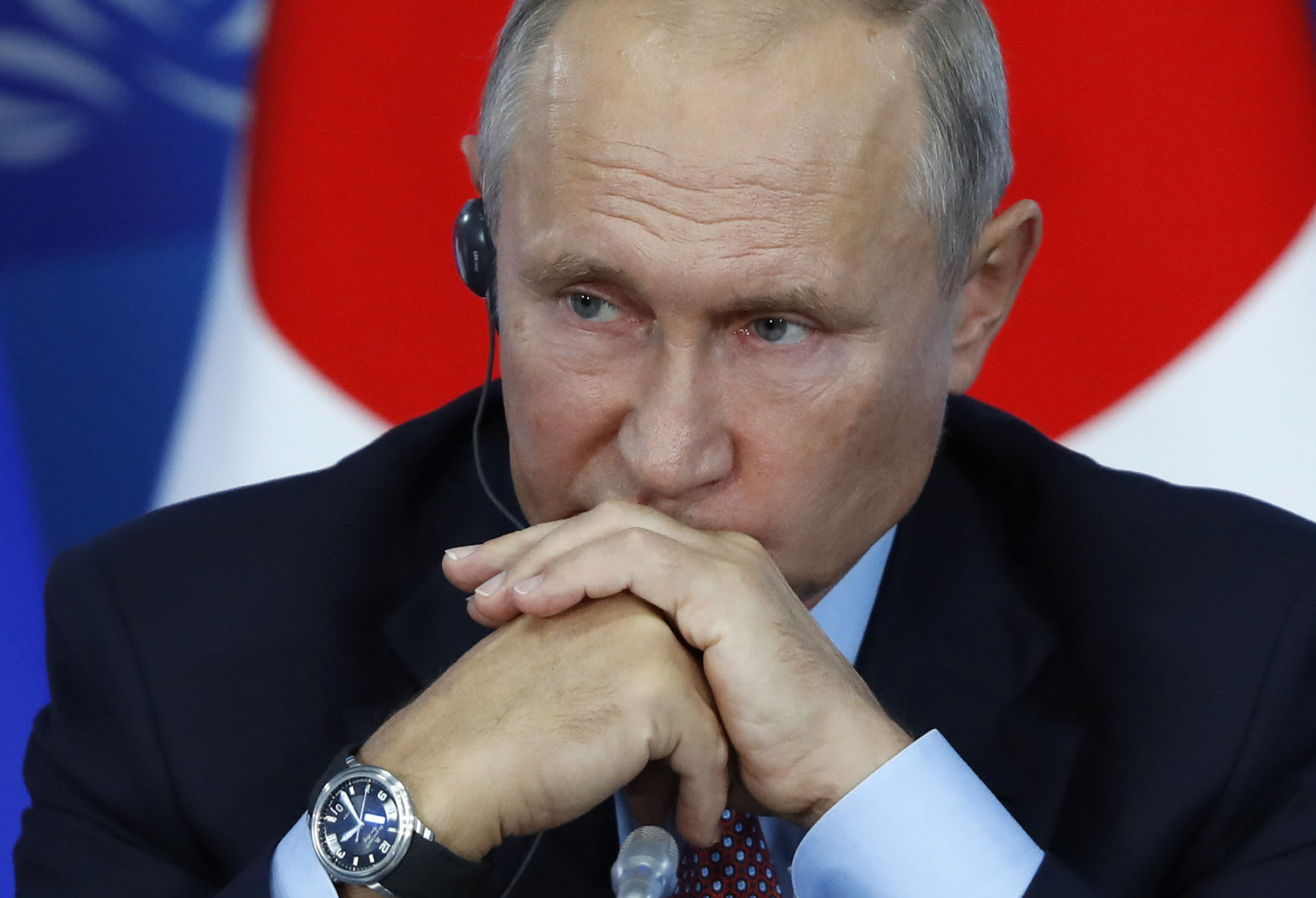Last Wednesday, Prime Minister Shinzo Abe had a meeting with Russian President Putin on the sidelines of the latest round of ASEAN summitry in Singapore. According to media reports, the leaders agreed to accelerate negotiations on a peace treaty based on the 1956 joint declaration between Japan and the Soviet Union. Abe told reporters he will visit Russia early next year for further talks, expressing his hope to put "an end" to the territorial issue through peace treaty talks between the two leaders. The unexpected move by the Japanese side gives food for thought on the prospects for resolving the territorial dispute, and in a broader context, about the direction in which Russian-Japanese relations are heading.
The Russian side has never denied the juridical power of the 1956 joint declaration, which restored interstate relations between the two countries and laid the basis for their long-term development. The bone of contention lies in the interpretation of Article 9 of that declaration. According to the article, after signing the peace treaty the Soviet Union should extend Shikotan Island and the Habomai group to Japan.
Moscow considers its provisions to be final in resolving the territorial dispute, while Tokyo believes them to be an intermediate stage, after which the parties should find a final solution of the fate of the islands of Kunashiri and Etorofu. It is noteworthy that in the text of the declaration there is no mention of these two islands, nor any duty of the parties to continue territorial negotiations.















With your current subscription plan you can comment on stories. However, before writing your first comment, please create a display name in the Profile section of your subscriber account page.